![]()
Video Breakdown
0:05 Intro to Episode 50
2:40 Topic
2:54 Reason #1 Right now the majority of shoes sold on Amazon are via 3rd party sellers (Amazon Marketplace).
5:48 Reviews
7:00 Reason #2 Amazon basically powers online search for shopping.
Article
The amount of data available on Nike’s sales on Amazon can be found through simple searches. Nike is the number one sold sportswear brand on Amazon. With Nike making the move to sell on Amazon, it appears that this would be par for the course. It’s logical to assume since Nike is already the number one brand on Amazon, they would simply continue to be number one without affecting retail outlets like Foot Locker, Finish Line, City Gear, DTLR and Hibbett Sports.
That is definitely a logical conclusion. The problem is it leaves out the very important information of exactly who is selling shoes on Amazon and how much those companies are charging for Nike sportswear on Amazon. I no longer operate my paid marketplace on Amazon, but my inventory information is still available. In order to explain why the logical idea that Nike selling on Amazon wouldn’t hurt other retail outlets is wrong I am going to have to insert video to explain and reinforce my statement below:
Nike selling directly on Amazon will absolutely hurt Foot Locker, Hibbett Sports and Finish Line as well as other Nike wholesale accounts. Here are two reasons why:
1. Right now the majority of shoes sold on Amazon are via 3rd party sellers (Amazon Marketplace).
It doesn’t matter what type of Nike shoe is being sold, most of them are sold by marketplace stores. This is the most important reason the Nike and Amazon relationship will shape the market. Amazon marketplace stores are always higher than the best price online. The problem is people don’t research. I was one of the 3rd party sellers on Amazon for over 6 years. I know firsthand that marketplace stores have been overcharging people for every style of shoe sold.
For an example let’s look at a low priced Nike shoe.
Nike Tanjun MSRP via Nike $65
Best Price: Macy’s $48.74
It took me about two minutes to pull the prices for this search. The average person will not take the time to search. They will use Amazon and since their information is stored in Amazon they will use the one click option and buy. How can I say this? Look at the reviews on Macy’s. There are 9 reviews. On Amazon, there are over 160 reviews. On Nike’s site there are 14 reviews. Is this conclusive evidence that people will buy on Amazon? Not quite, but it’s evident that there are more people shopping on Amazon. Also when you look at the people selling on Amazon they will all be undercut by Nike and Amazon since wholesale on this shoe is right at $38.00. Amazon will be able to match Macy’s as the best price at 45.99. The sellers on Amazon won’t be able to compete. Nike’s wholesale accounts won’t be able to compete.
While reviews aren’t really the best way to prove a point, the amount of reviews on each platform aligns with the next reason that the Nike x Amazon deal will hurt retail outlets; search. I will get to search in a moment, but what I want you to consider is that on a Nike product, Amazon has more reviews than Nike and the cheapest outlet for the Nike Tanjun.
2. Amazon basically powers online search for shopping.
A few years ago a battle began for where customers are searching for products to purchase online. This battle is taking place between Amazon and Google. Other sites are barely scratching the surface in search and this limits their reach to consumers looking to buy what they have. Let’s look at Foot Locker. From 2007 to 2016 they increased their ecommerce/DTC sales from 6.6 million to 944 million in 2016. On the surface that looks great, but Nike hadn’t begun a full investment into growing DTC/ecommerce until around 2014. They really only started to push ecommerce in 2012.
In 2014 Foot Locker’s ecommerce sales were 842.3 million. Nike has since ramped up investment in DTC. The growth of Foot Locker’s DTC from 07-14 has continued, but appears to have plateaued. From 2014 to 2016 Foot Locker basically grew ecommerce 6% each year, which isn’t bad. In comparison Nike in 2014 saw a 42% increase in web sales at 767 million.
In 2015 Nike did an estimated 1.2 billion in ecommerce.
What do these numbers have to do with Amazon search? When people begin a search for products, specifically footwear and apparel, they don’t go to Nike’s wholesale accounts (Foot Locker, Hibbett, Finish Line, etc). They either go to Google or Amazon. The growth of Nike’s ecommerce from 2012 to the present shows that when people search for Nike, they will use the Nike website more than they will the retail outlets. Nike has already disrupted the growth of ecommerce for their wholesale partners with their push to DTC. As the two platforms connect and replace 3rd party marketplace sellers on Amazon to offer better deals to Amazon’s customers, Nike and Amazon will completely dominate the ecommerce market for Nike footwear and apparel. This is not a stretch and should be evident in these statistics.

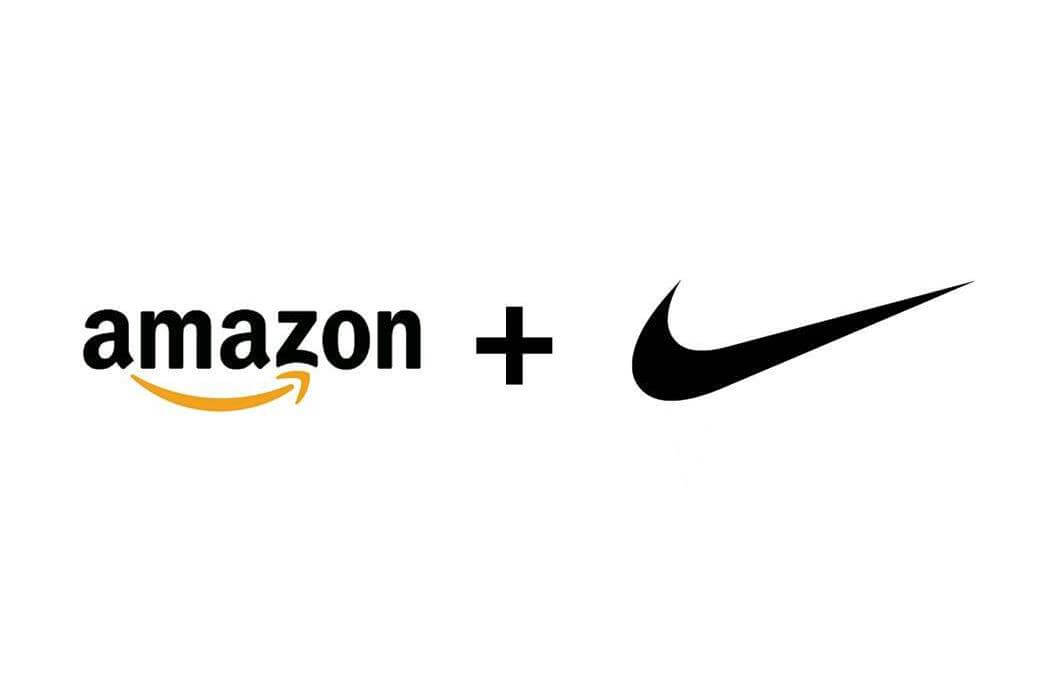
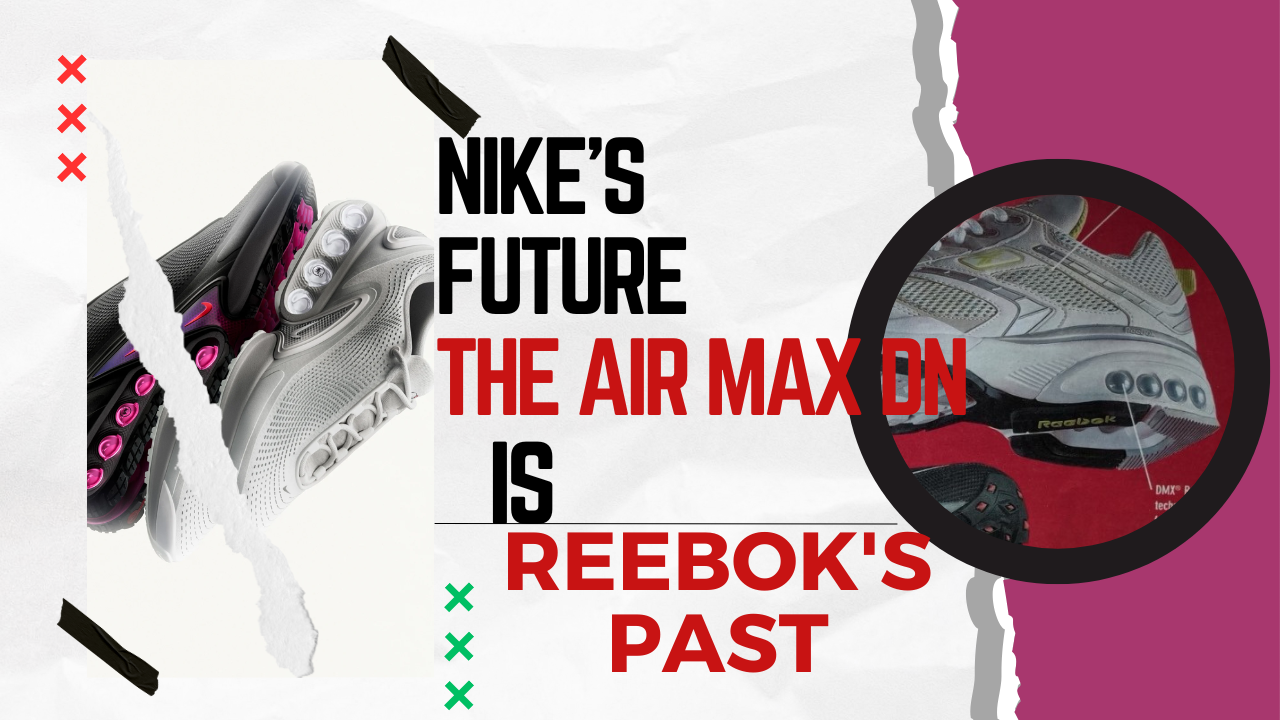
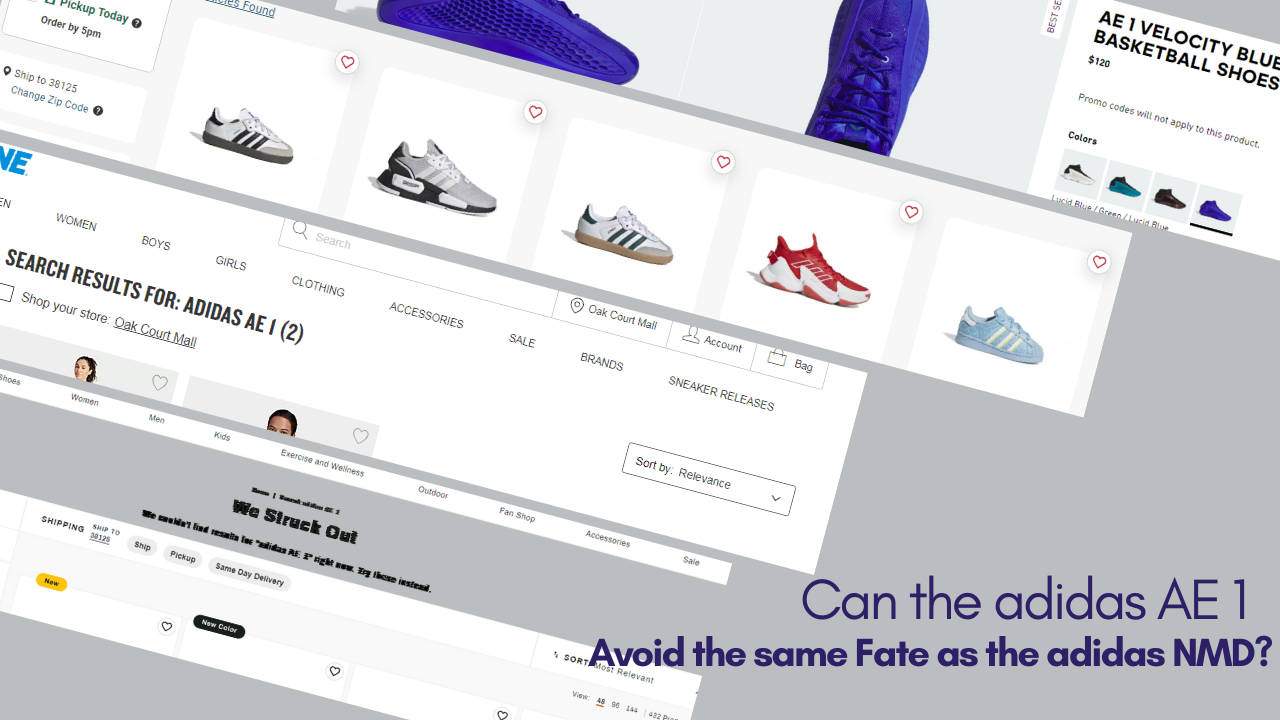
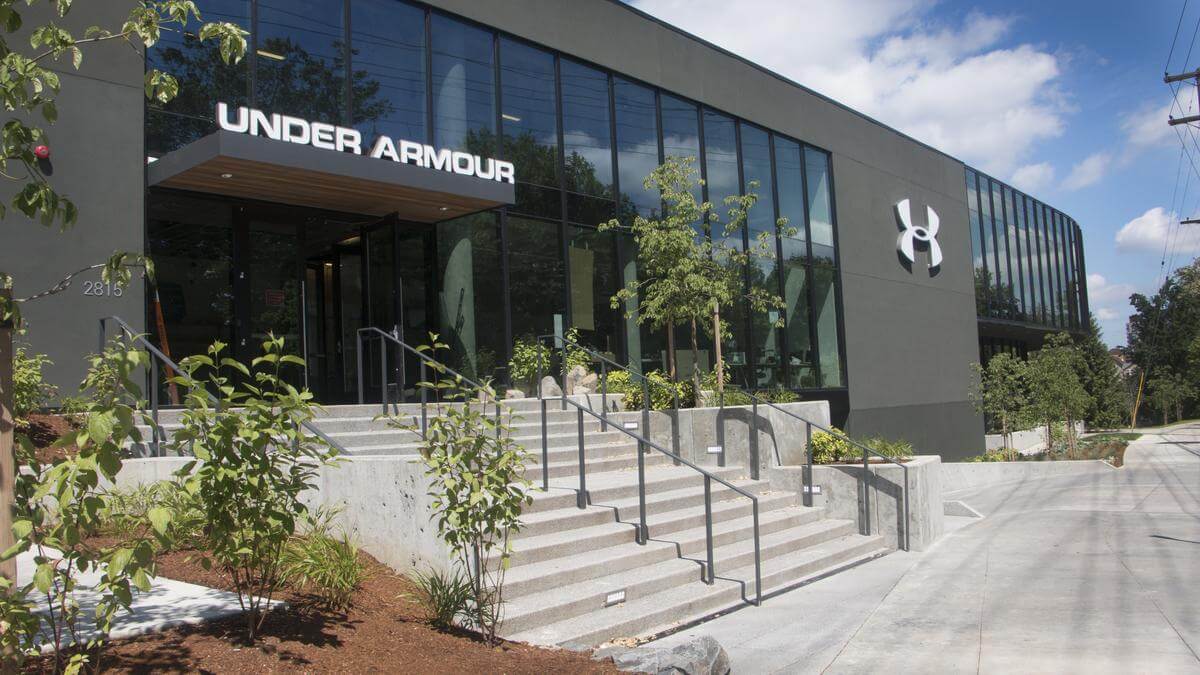
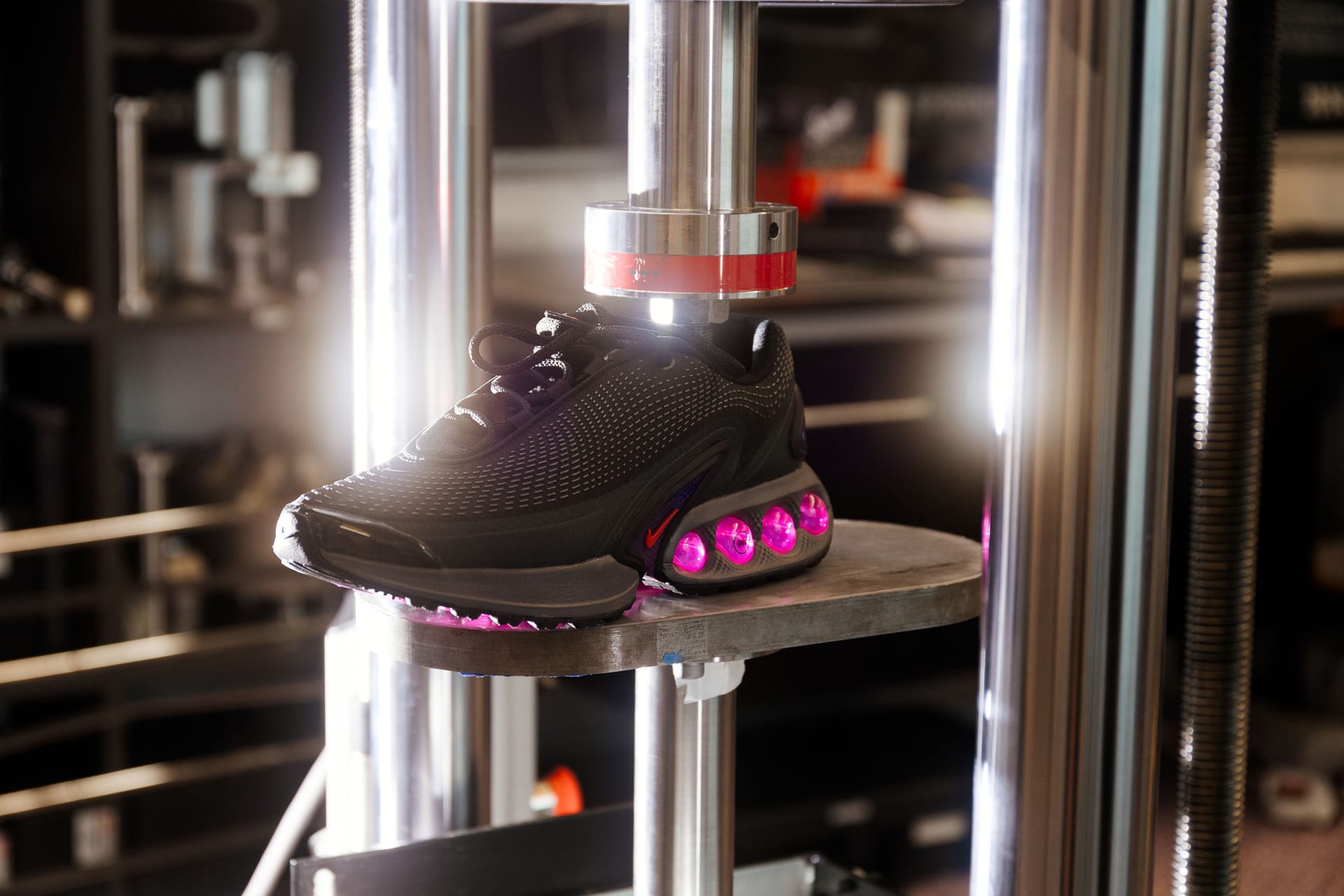
I have to disagree with you here. The proliferation of DTC and Amazon is nothing new. In 2010, an analyst asked Foot Locker CEO Ken Hicks about Nike’s retail strategy on a conference call. He said “Well, Nike has a strategy. We’ve had discussions with them about that. We feel, both of us feel, that it will help the overall shoe business and help our business overall by raising the visibility of athletic shoes. We know we compete very effectively because we offer a broad assortment of shoes. Nike, if somebody wants a particular Nike, that works well for them. But if somebody is shopping for an assortment of shoes, they come to us. So we think it will help the overall shoe business; and, therefore, we will benefit and Nike agrees. So we’re working with them in support of them in their strategy.” This was back in 2010. From 2010 to 2016, FL delivered average annual sales growth of almost 7%, earnings growth of almost 20% (compounded annually) and ROE’s consistently above 20%. I think FL’s recent weakness is more related to product mix, their exposure to Nike and the shift in customer preferences for Adidas.
Also, Amazon isn’t taking over the world, despite the headlines. Amazon is fine for the mass market price points (<$100) but the premium product requires story-telling that is done in conjunction with strategic retailers. Nike can't control the experience on Amazon, so they partner with FL and the product is House of Hoops, etc. Not to mention that FL does a disproportionate number of transactions in cash relative to the average retailer. That is because the average FL customer is a young person that doesn't have a credit card, but has saved up their allowance to buy some kicks.
I'm in Canada and the DeRozan campaign they have going on right now is amazing and targeted at the local market. That kind of marketing doesn't happen by accident but rather it is deliberate and strategic. Nike recently affirmed their partnership with FL and warned "mediocre" retailers that they don't have a future with the brand. FL is excessively cheap at around 10x earnings. Long FL.
This post was written prior to the deal actually being implemented. It was really a prediction. After Investor’s Day I realized that Nike placed very little emphasis on Amazon. When I say very little, Nike said ‘Amazon’ once in 4 hours and only spent one sentence on the Amazon, but spoke more highly of international ecommerce platforms. In my notes on Investor’s Day I wrote this:
“A small pilot provides key learnings (but also provides amazon with key learnings; very Brief discussion. They even called it a small pilot)”
When Elliott Hill made it a point to say “small pilot” I knew that I was wrong about Amazon. BUT be careful accessing information from Foot Locker in 2010. Just last year I made the statement that Foot Locker’s alignment with Nike gave them an internal GPS. I had to readjust my thinking when Foot Locker tumbled: http://www.arch-usa.com/foot-lockers-28-stock-drop-wrong-info-how-to-stop-the-bleeding/
When Nike made it a point to acknowledge FTL in the Investor’s Day, and opened the Foot Locker Jordan store in Paris recently, it’s clear where Nike is headed in regard to retail. This will help FTL.
However it has to be noted that since 2012 Nike has opened almost 80 physical stores a year and has usurped every retail online site as the place to buy Nike online. Foot Locker’s online sales have slowed considerably since Nike began focusing heavily on DTC in 2011 and 2012.
http://www.arch-usa.com/why-you-should-question-npds-data-about-adidas-overtaking-jordan-brand/